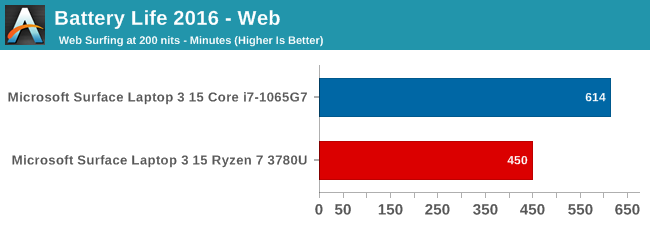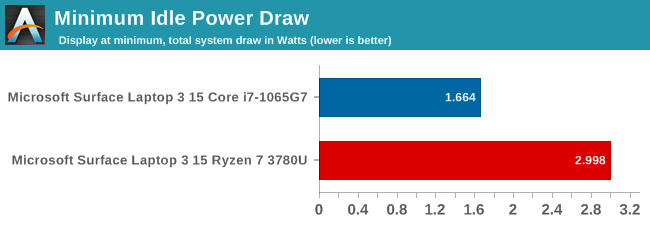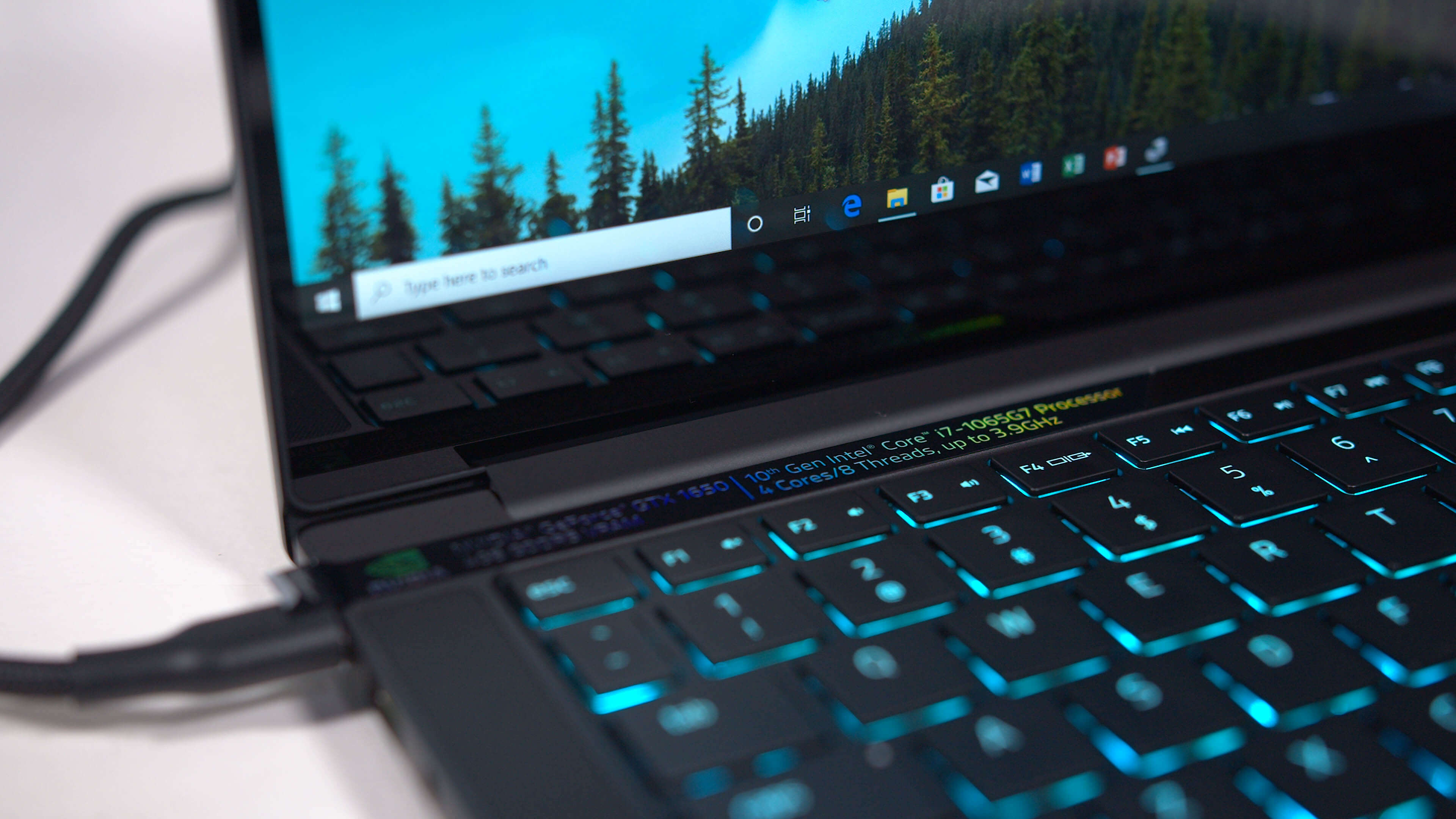- May 4, 2000
- 16,068
- 7,383
- 146
https://www.anandtech.com/show/1521...ptop-3-showdown-amd-picasso-vs-intel-ice-lake
AMD has made great improvements with their desktop Ryzen CPUs, and can go toe-to-toe with Intel's best.
However, their mobile Ryzen 'Picasso' CPUs have a ways to go. They are much closer in terms of performance of course, but they will have to do better to gain a significant share in that market segment. Honestly, since the specs of these two test laptops are almost identical, there really isn't a good reason to go with the AMD-based one unless it is significantly cheaper than the Intel model (IMO definitely not worth it when priced only $100 cheaper). The most striking difference (at least to me) was the difference in battery life.

AMD has made great improvements with their desktop Ryzen CPUs, and can go toe-to-toe with Intel's best.
However, their mobile Ryzen 'Picasso' CPUs have a ways to go. They are much closer in terms of performance of course, but they will have to do better to gain a significant share in that market segment. Honestly, since the specs of these two test laptops are almost identical, there really isn't a good reason to go with the AMD-based one unless it is significantly cheaper than the Intel model (IMO definitely not worth it when priced only $100 cheaper). The most striking difference (at least to me) was the difference in battery life.






